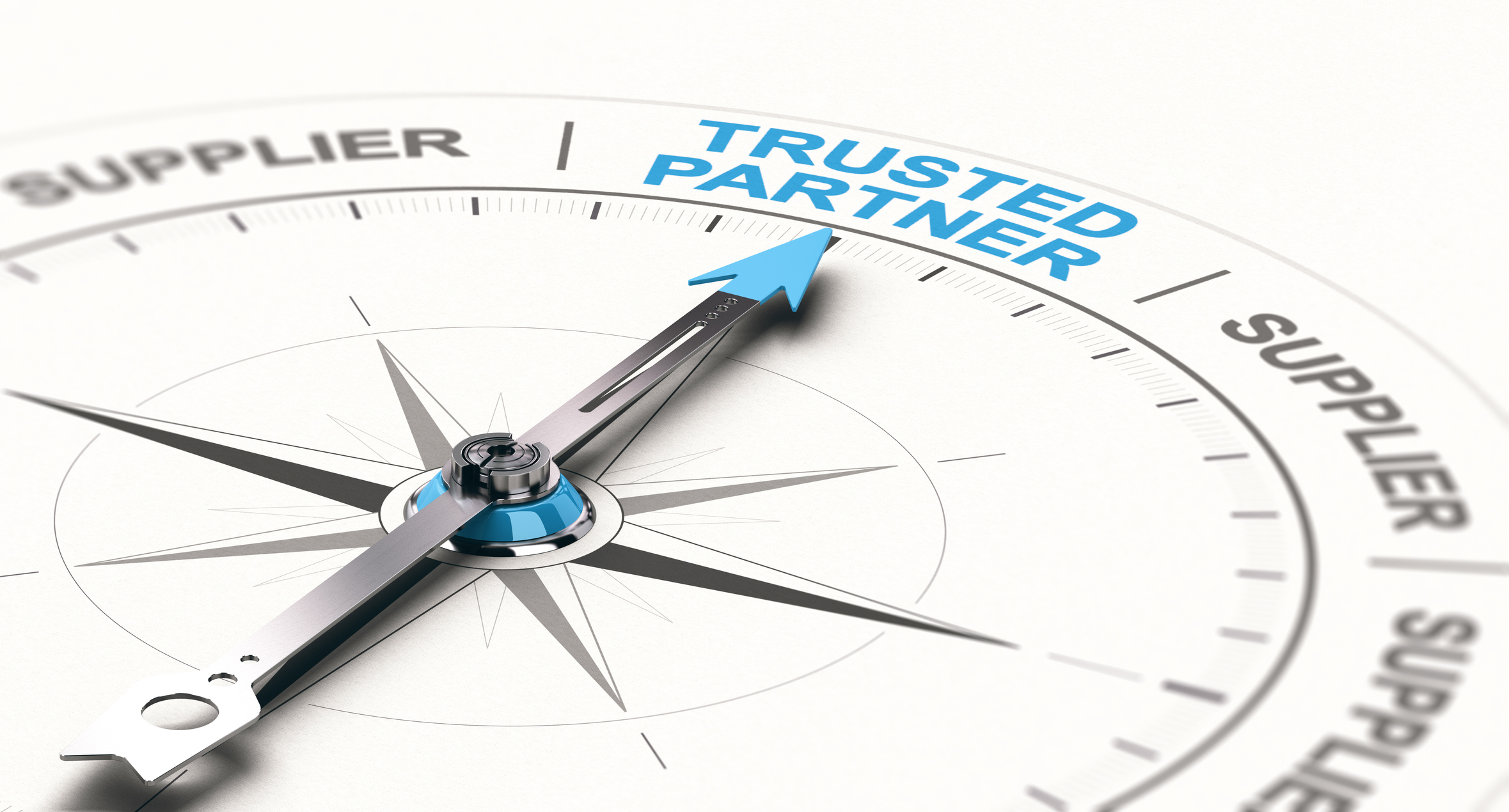There are usually two points during every sales call that are mildly awkward. Most salespeople will say that those two are the beginning and the end of every scheduled sales call with a prospective client, since both of these can present a unique set of challenges. At the beginning of the sales call, we’re trying to figure out how to quickly connect to build rapport with the customer. And at the end of the sales call, we have to get the client to let loose of their purse strings and give us some money.
Even the most seasoned sales pro will tell you that without a plan and without practice, these two awkward areas can trip up a sales professional for years. So let’s dig deep into this issue and figure out a way to make a positive change in our sales lives. Let’s create a repeatable pattern of success. Shall we?
Smart Starts, Strong Finishes
If you have ever spoken to a long-distance runner, they will tell you that the way you begin the race sets a precedent for the way you will probably end it. For instance, if you start the race too fast, you may not have enough energy to win in the end. And if you save all your gas to the end of the race, you may be too far behind the pacesetter to close the gap and win.
Now, I think we can all agree, there is way more to running a marathon than just the beginning and the end of the race. But this analogy gives us a scenario that we can potentially use as an example to build upon as we explore our client meetings. One takeaway from the marathon runner example is that if we want to end the race strong, we have to start the race smart.
Here’s another example. Let’s look at great storytelling for a minute. We know that every great story needs three components: a beginning, a middle, and an end. You need to start the story strongly by giving the reader a compelling reason why they should keep reading. Then, as a reader, if you get to the end of the book and it doesn’t conclude in a way that’s dramatic, you will often feel like you’ve wasted time reading the book. A lackluster ending can really let you down. Just as with the racing example, there’s a lot more in those pages between the beginning and the end, but you can see that there’s a similarity between the two.
As a media sales and marketing professional for over 30 years, I think both of these are great examples of what we need to do to create a plan to make sure we start our sales calls strong and end them strong. We shouldn’t be lopsided at all in this attempt. We should be well-practiced, and we should understand that if we start strong, we will probably finish strong, as well.
So let’s look at how we sales pros can set ourselves up for success in the media sales business and host the very best meetings to help us achieve our goals. First, I suggest that we start with the end.
Asking for the Order: The 1-to-10 Close
What is the one thing that nearly every sales manager asks us to do on a regular basis? Ask for the order, right? Yet, asking for the order can be one of the most awkward situations, even for veteran salespeople. Why? Because it’s that point in every conversation where we have to move into ”sales mode.” Or do we?
I don’t see the end of the sales calls where you ask for the order as a “yes” or “no” type of question or situation. Sometimes, I can tell that a potential buyer is ready to go, and it’s very easy to move them on to the next step. In my experience, though, the majority of the time they’re holding back some of their cards and I truly don’t know exactly what it is they’re thinking. Even in the middle of the sales call when I ask some really great questions, I don’t always know exactly what they’re thinking. I need a little more engagement. So at the end of the sales call, if I ask a yes-or-no question, I will probably hear a “Well, let me think about it” response.
I suppose that is better than a “no.” But is it, really? Are potential clients telling you that they need to think about it as a way to end the sales call? Or do they really need to think about it? Or, are they just not telling you “no” because you are a nice person? Or do they just hate saying no? Or are they afraid that if they say no that you will go into a desperate sales rant to save the deal? All of these questions are valid. And these questions have led me to a unique closing technique that I call the 1-to-10 close.
The 1-to-10 close is an easy way to ask for the order and to engage more deeply with the client. It sounds something like this … “Bonnie, thanks so much for the opportunity to meet with you today. I think this has been a really great conversation. If you don’t mind me asking, on a scale of 1 to 10, 1 meaning you’re really not that interested, and 10 meaning you’re ready to write me a check today, where are you at?”
This 1-to-10 closing technique allows me to re-engage more deeply with the customer and really see where they’re at in their mind, related to buying. If a client says to me they are a 5, I simply ask them what I need to do or say or what questions I can answer to get them to be more like a 6 or 7. If someone says they are a 5, that tells me that they are about at the 50/50 mark as to whether they should buy or not. If I don’t engage more deeply, I only have a 50% chance of closing the deal. If I had not used the 1-to-10 technique, I would bet that they would have said they wanted to think about it, and I would not have had a chance to give them more decision-making details. If a client were to say to me that they are at 3, I would simply ask them what I can do or say or what questions I can answer that might get them to be closer to a 5 or a 6. Thus, I have just attempted to move them from a “no” to at least a 50/50 shot.
I truly believe that if a customer is at 3, they will never tell you unless you ask them for deeper engagement. If they are at a 3 and they are bold enough to say “no,” they fully expect you to jump back at them and get aggressive and try to close them. Who likes that? When you continue to sell after a “no,” you are setting yourself up for future failure. Because you have just solidified in their minds that you are a typical salesperson—pushy, over the top, and money-hungry to close a deal. What is interesting to me is the number of times when I press for more during the closing process, only to realize that the client just does not want to say no to me, because I am a darn nice guy, or they just don’t want to hurt my feelings. So again, the 1-to-10 closing technique, when paired with a solid sales call opener, can create a strong strategy for closing success.
Final Tips
Now, let’s talk about the start of the sales call again for just a minute. I do not like to start with bologna. I like to start strong. So I first validate time. “Thanks, Bonnie, for the 20 minutes today. Do you still have 20 minutes?” Then, I set my three-point agenda and make sure that they agree with the agenda. And then I begin sharing my success stories. Because let me emphasize, I truly believe that starting the call with bologna forces you to engage in making a bologna sandwich. And I simply don’t have time for that. Do you?
Being great in sales is all about creating repeatable patterns of success. What is your prospecting process and how do you repeat success? What are the five main questions you ask on every sales call that you know will work? What are the stories you share that almost always get you a positive response? How will you end your next sales call to get past the “I need to think about it”? In today’s emotional sales environment, you cannot do what you have always done. What you did in the past may not get you to where you need to be in the future. Growing in sales is about adjusting. So, the real question is this … are you willing to adjust to close more deals?
Fellow media sales warriors, never forget, if ad sales was an easy job, everyone would be doing it. And they are not. We are the chosen few. And we have found careers that will feed our families for a lifetime.





